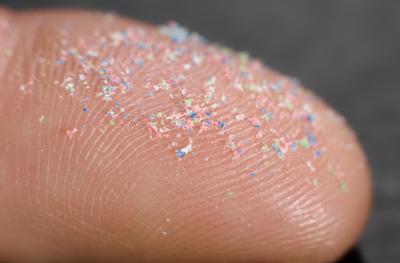Scientists have found microplastics in brain tissue. Their discovery, detailed in a new paper, is the latest in a litany of studies finding tiny plastic particles no larger than a grain of sand in virtually every part of the human body.
The new study unearthed microplastics in the livers, kidneys, and brains of human cadavers, with brain tissue containing up to 20 times more plastic than the other organs. More concerning, the brains of people who suffered from dementia contained significantly more plastic than the brains of healthy people. The findings, which are still undergoing peer review, were shared by the National Institutes of Health.
“It’s pretty alarming,” lead author Matthew Campen, of the University of New Mexico, told The New Lede. “There’s much more plastic in our brains than I ever would have imagined or been comfortable with.”
Microplastics have been discovered nearly everywhere, from the bottom of the Mediterranean Sea to the clouds above Mount Fuji, as well as in the food we eat, water we drink, and air we breathe. In people, microplastics have been found in lungs, placentas, testicles, and bone marrow, among other organs, as well as in blood, urine, semen, and breast milk. Scientists are still investigating the potential impact of microplastics, which have been shown to damage human cells.
Troublingly, the new study found more plastic in brain samples gathered in 2024 than in samples gathered in 2016. The 2024 samples were 0.5 percent plastic by weight. “You can draw a line — it’s increasing over time,” Campen said. “It’s consistent with what you’re seeing in the environment.”
ALSO ON YALE E360
Plastics Reckoning: PVC Is Ubiquitous, But Maybe Not for Long



